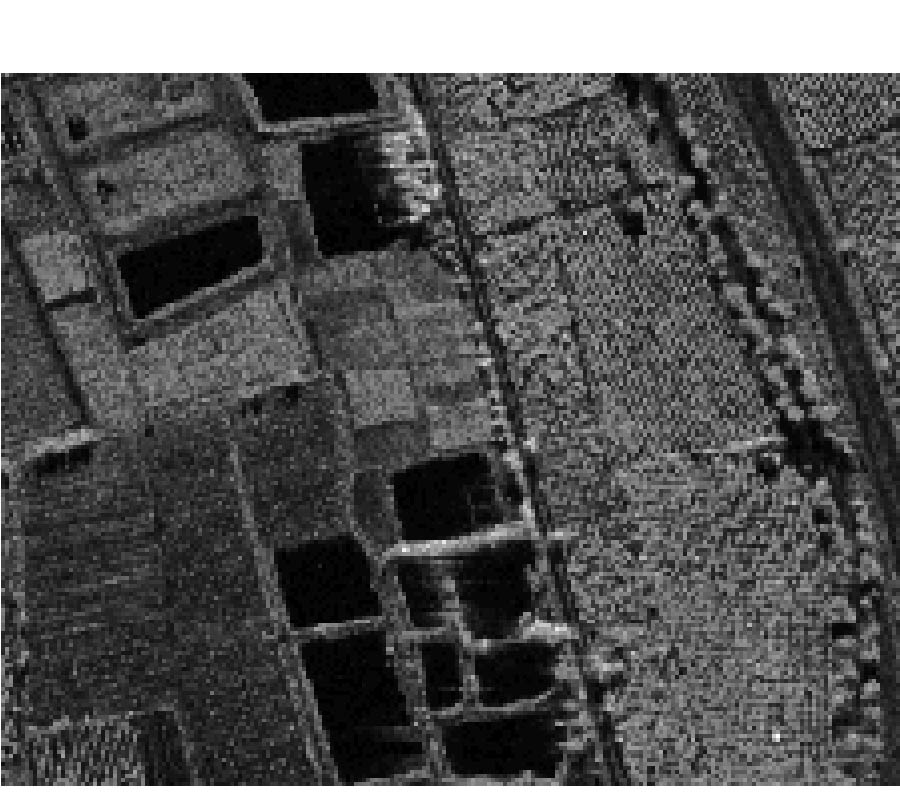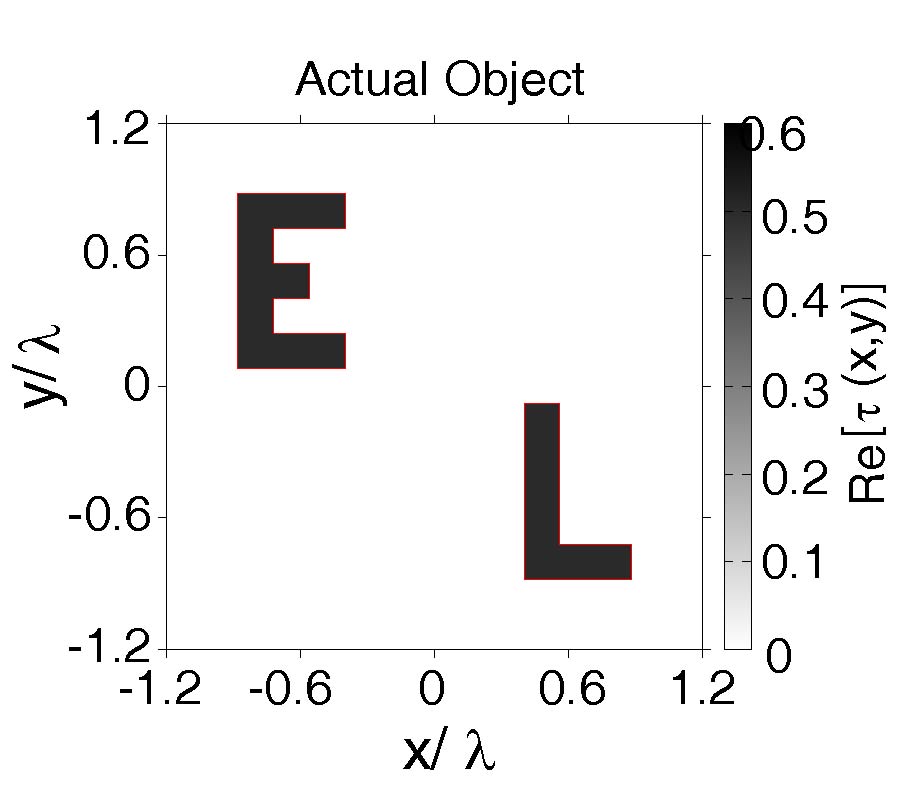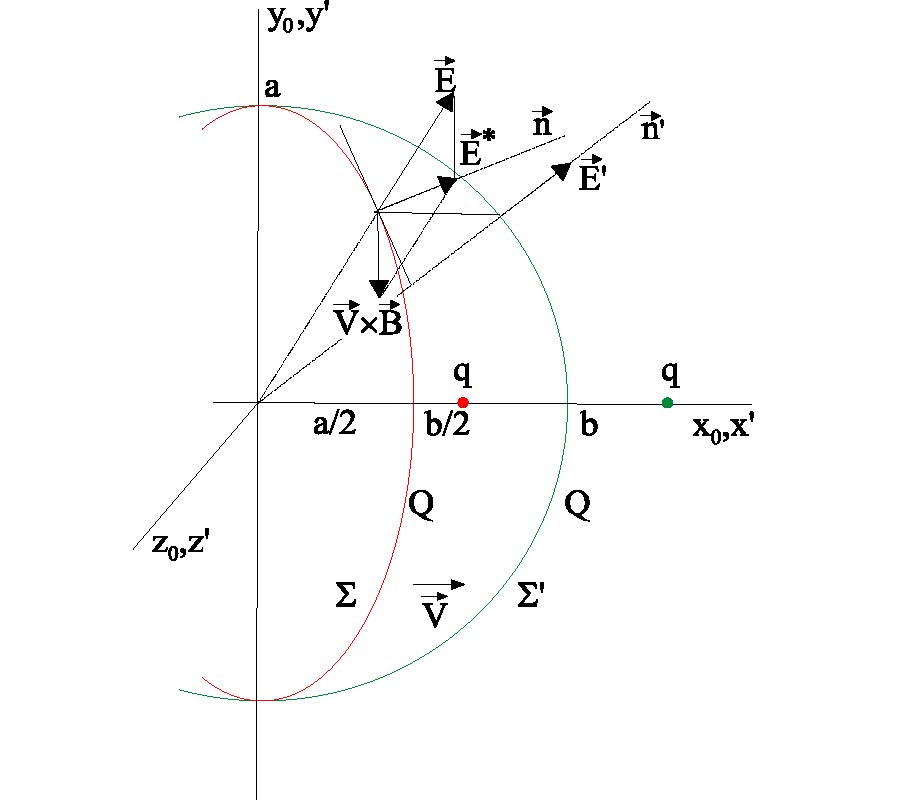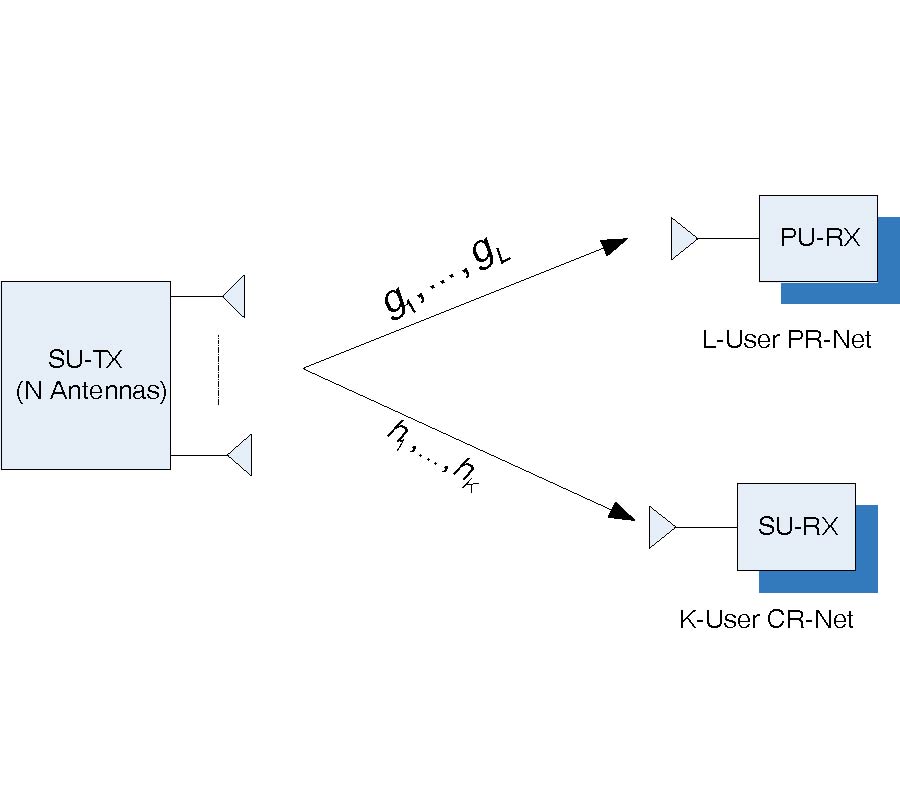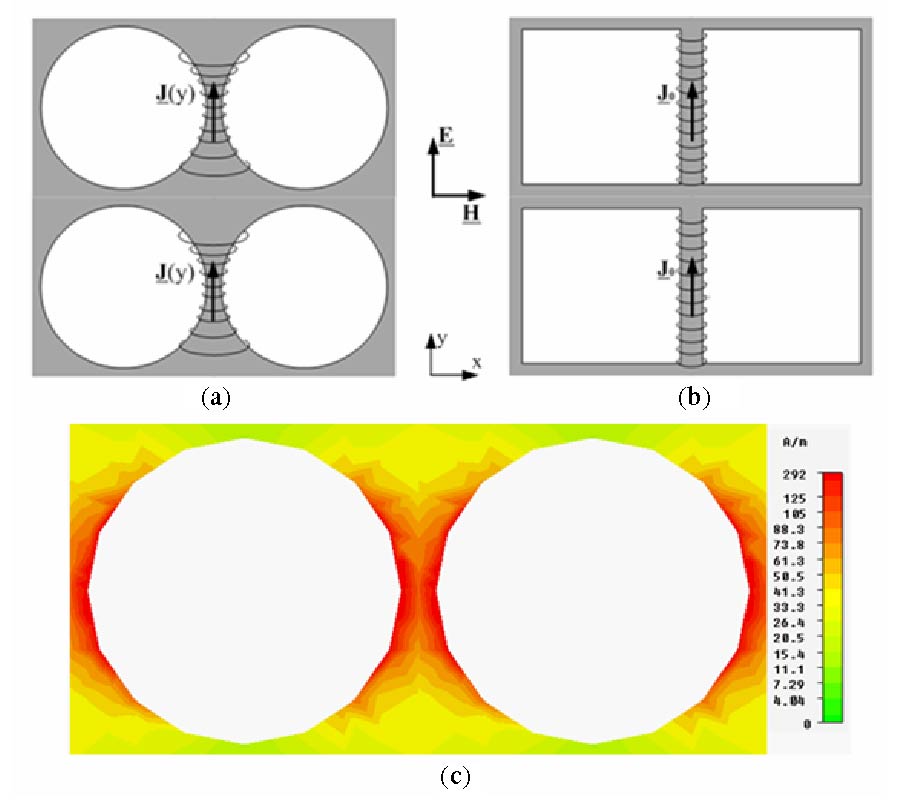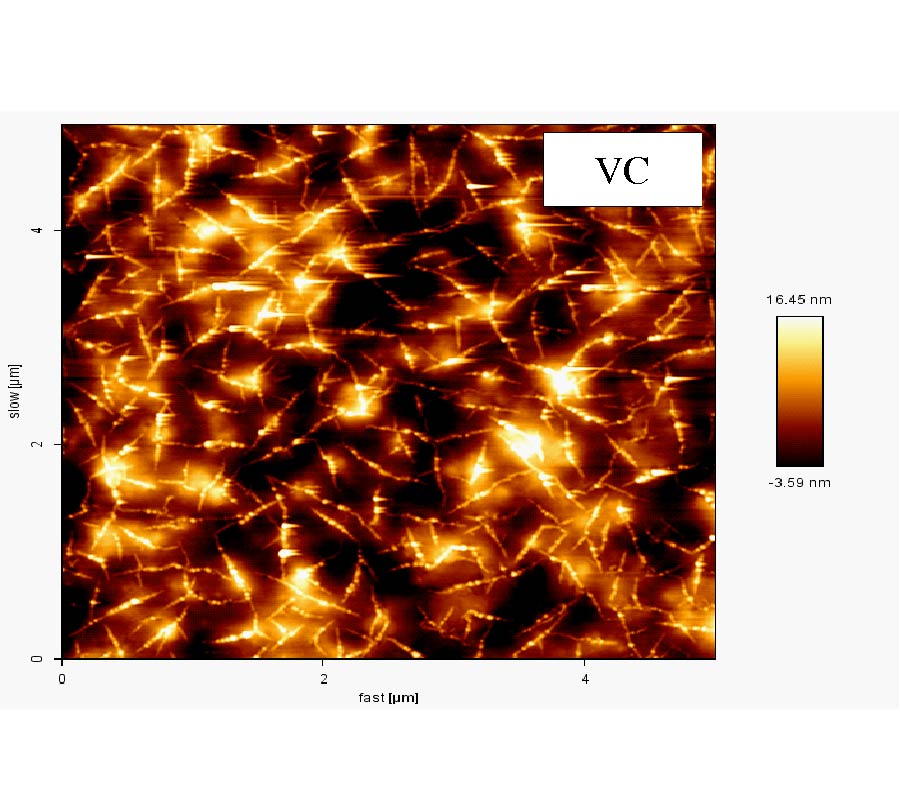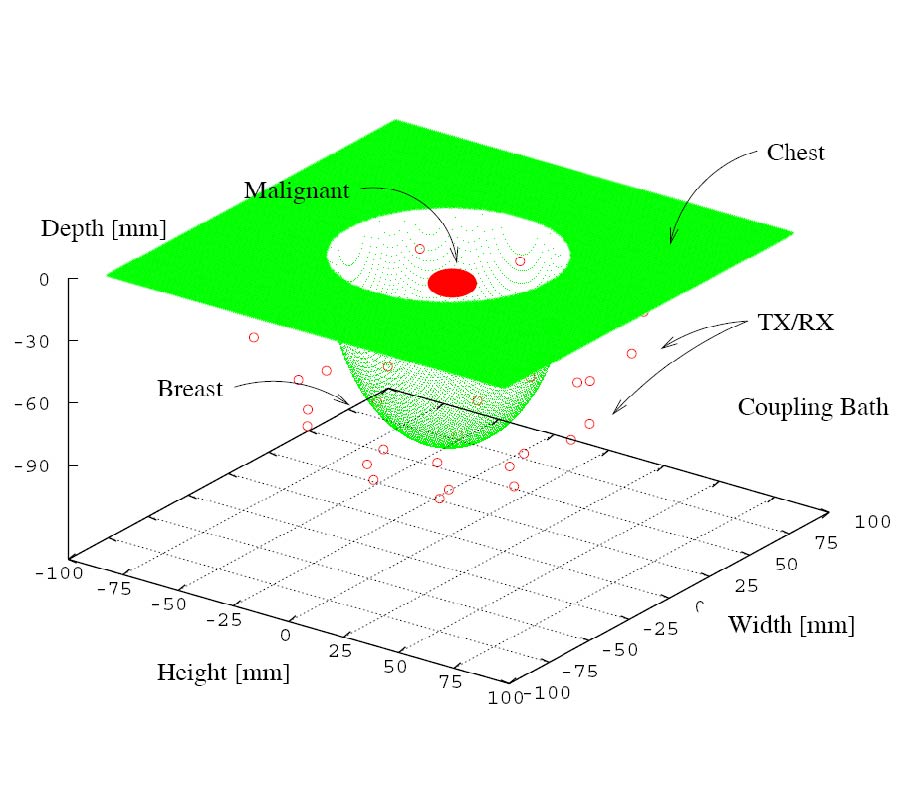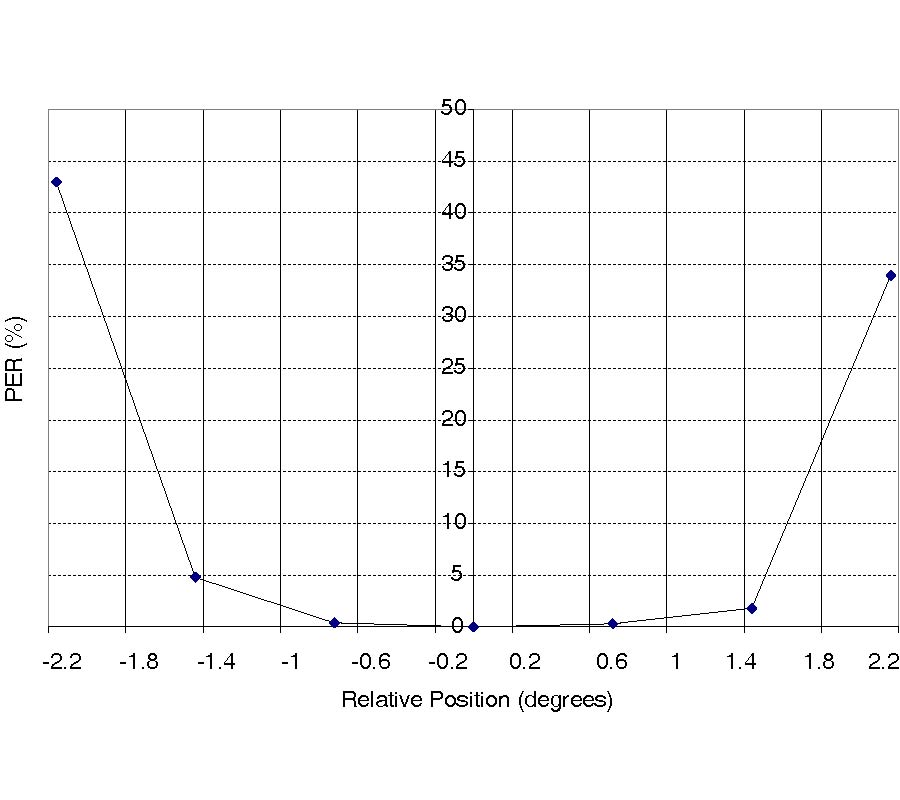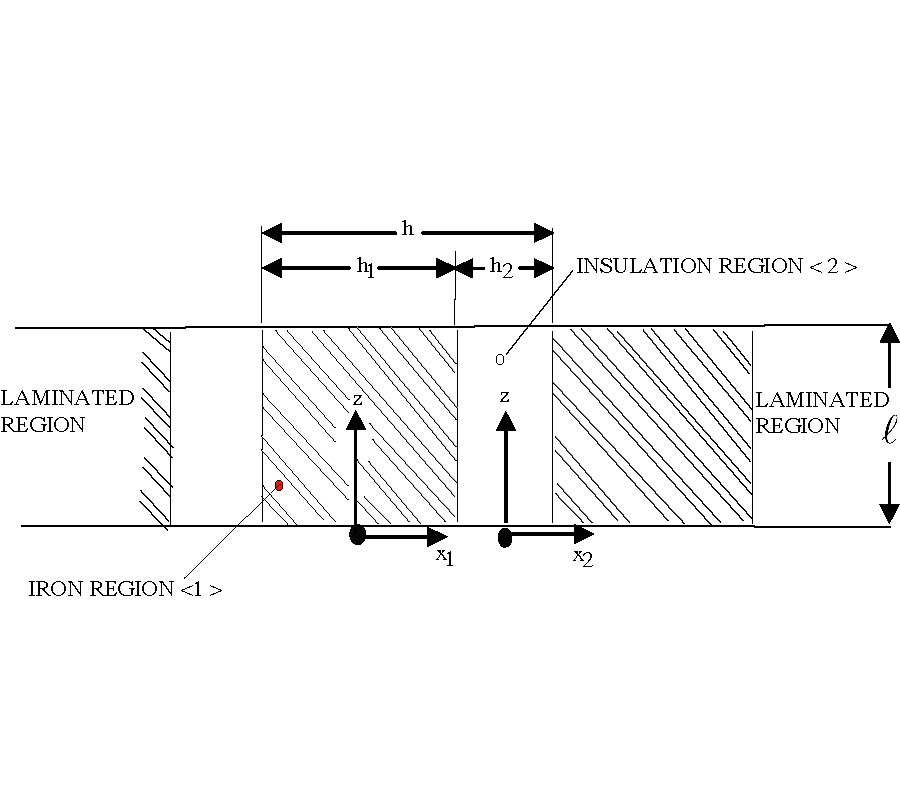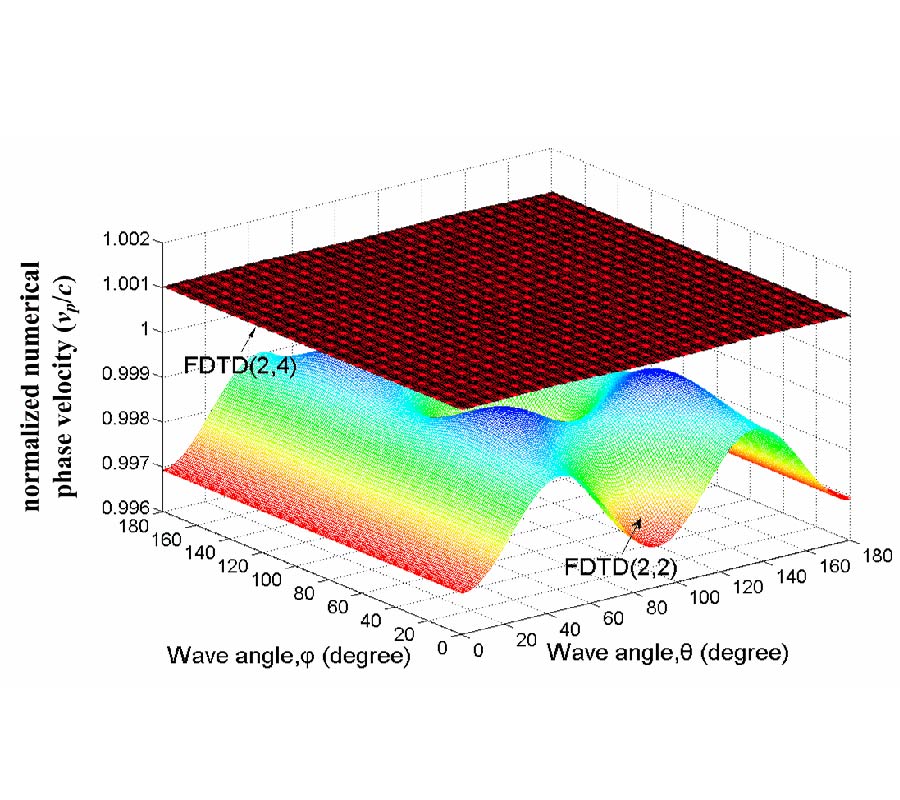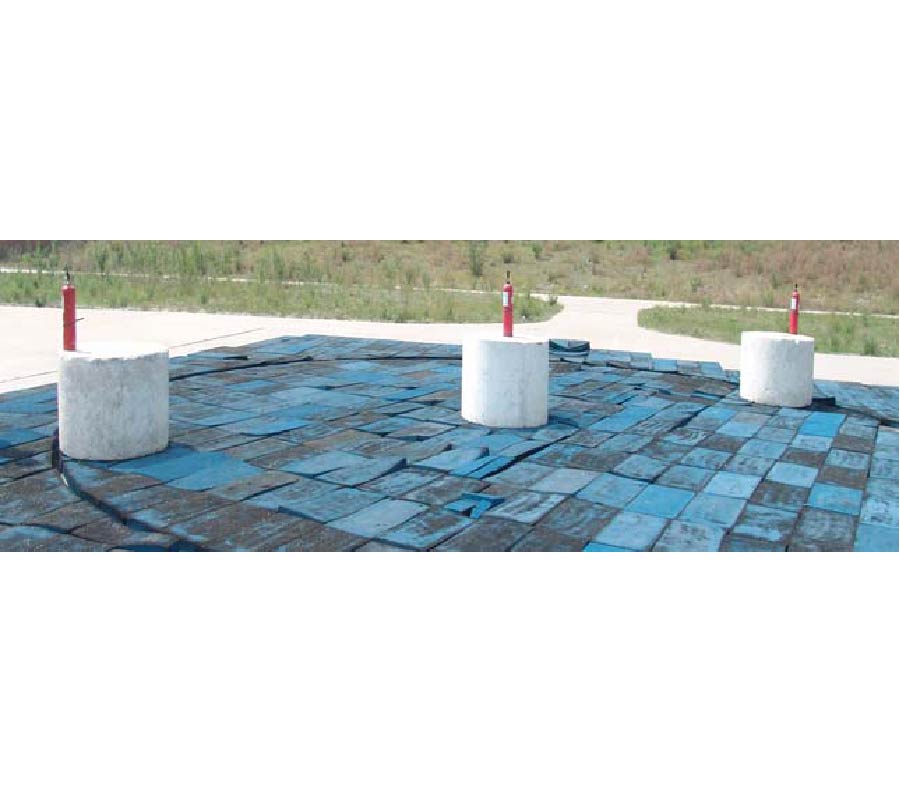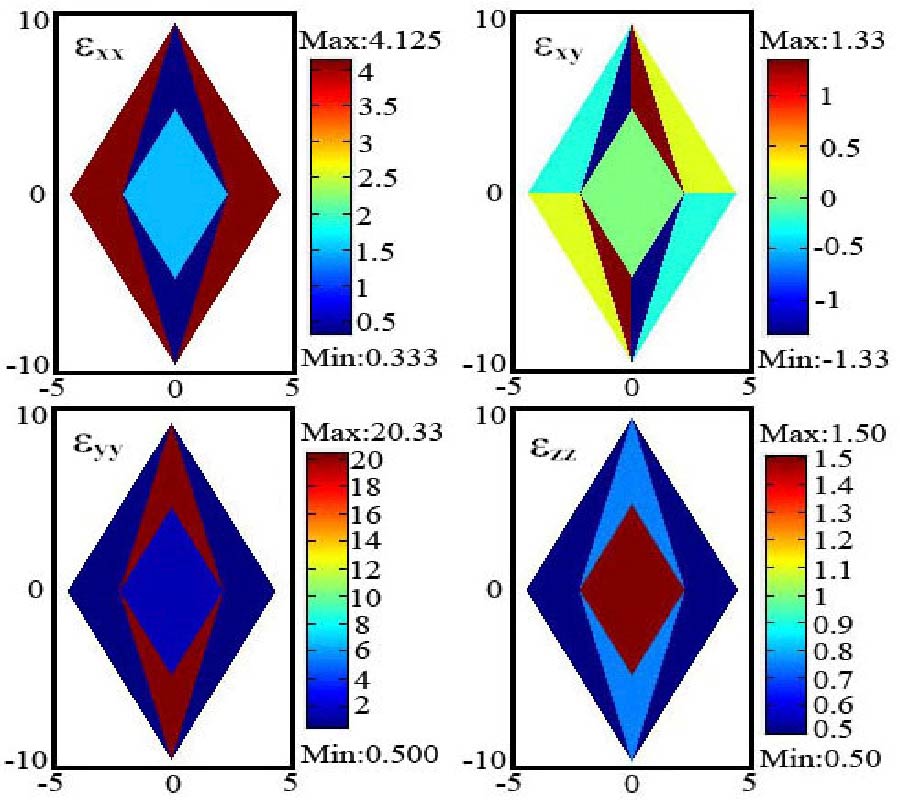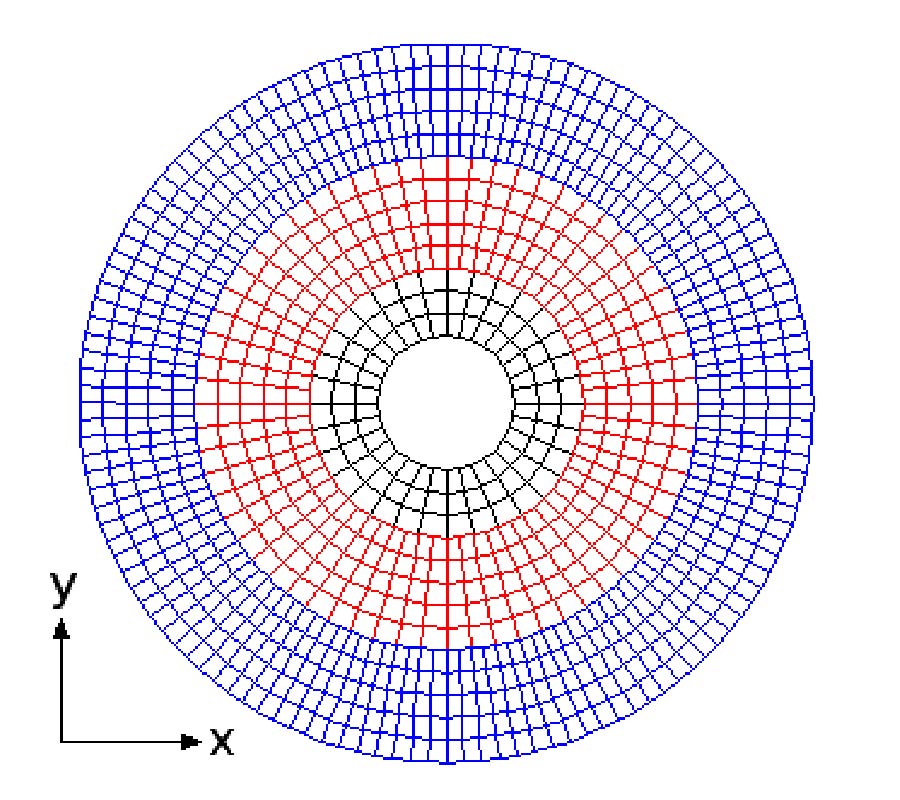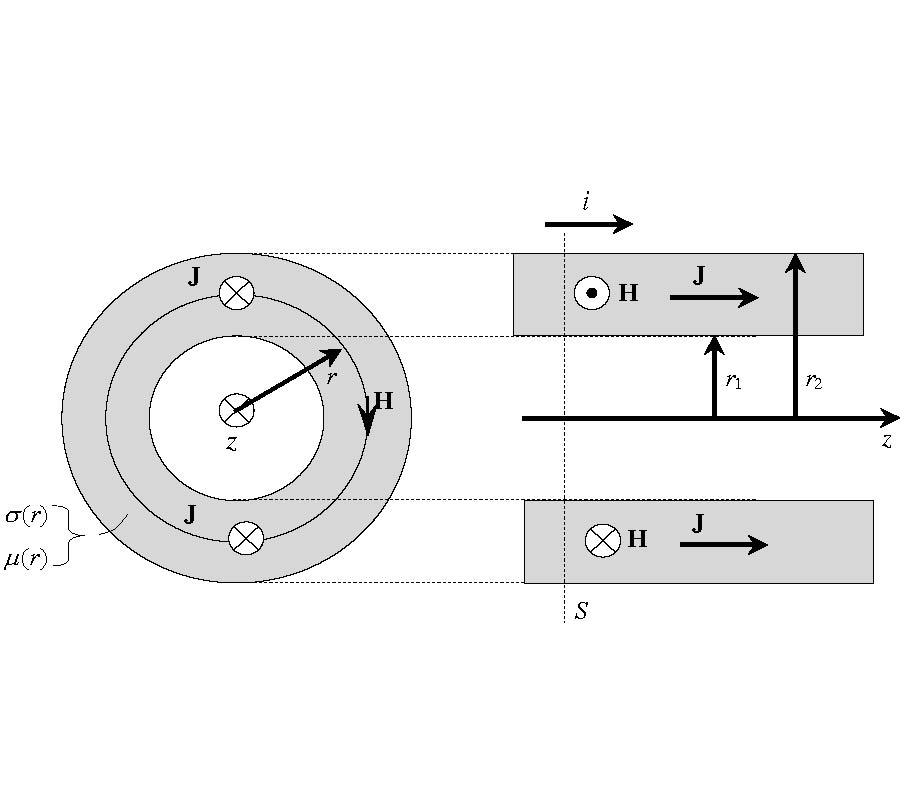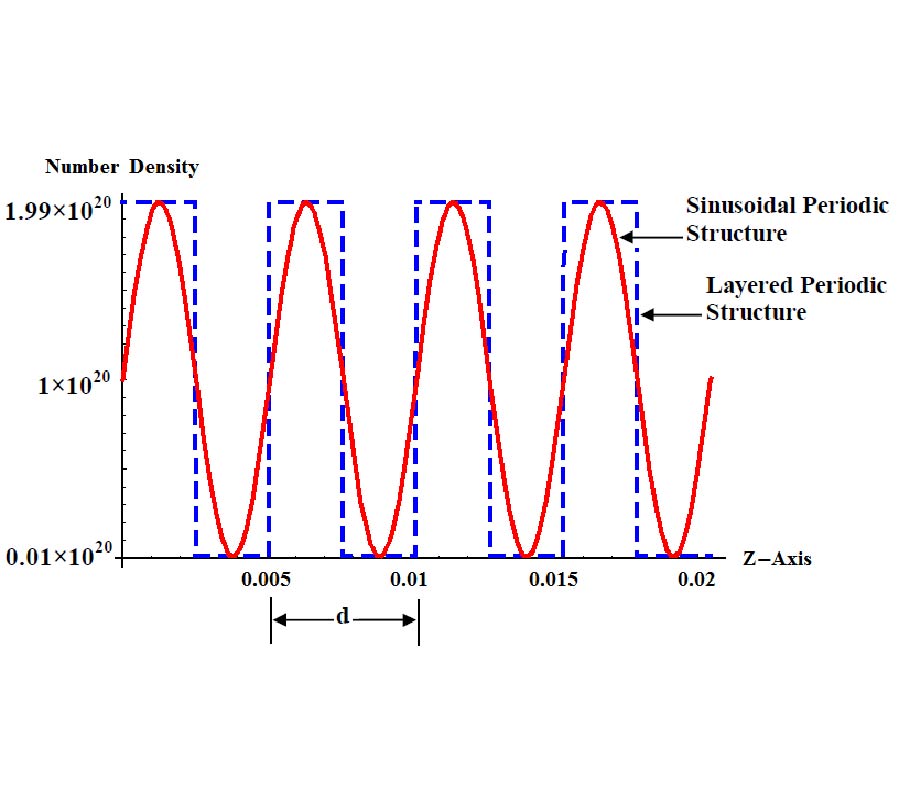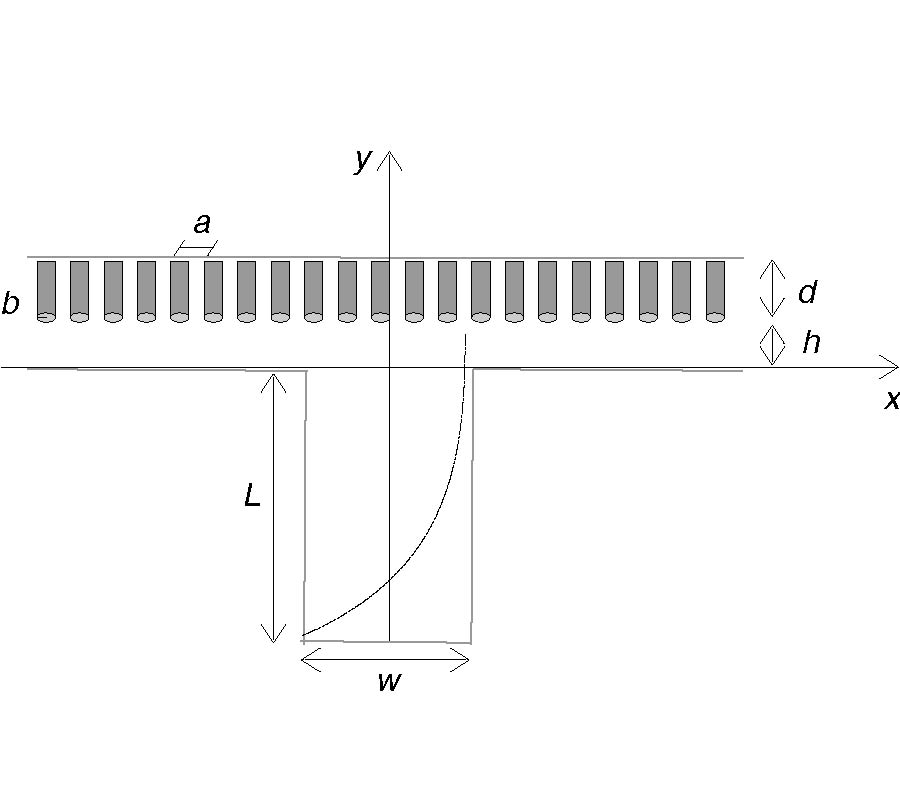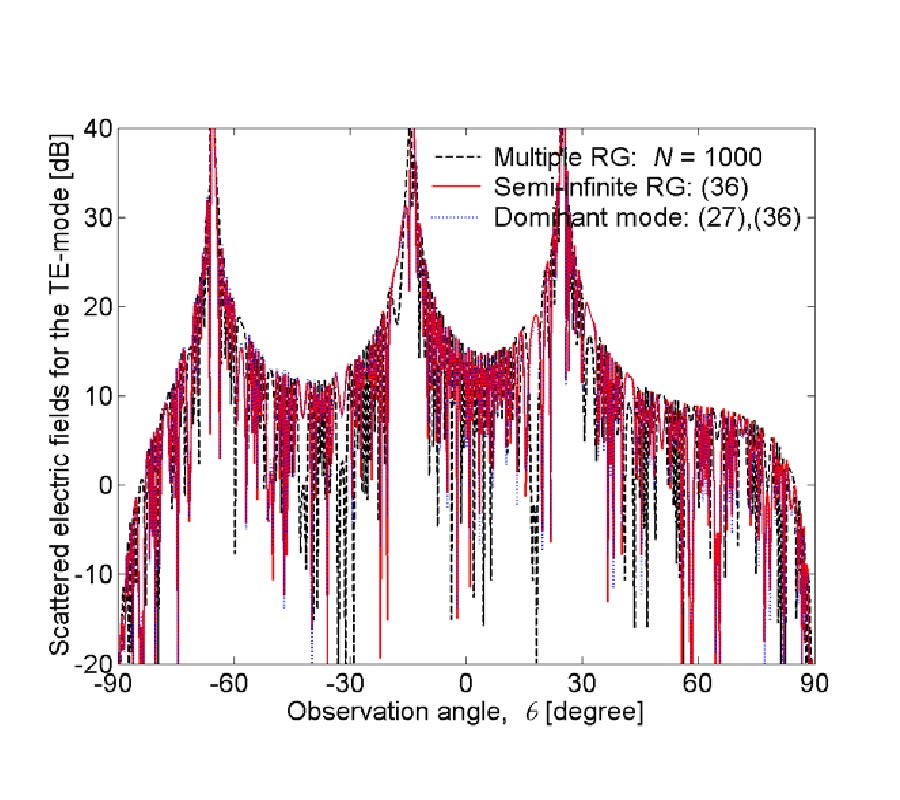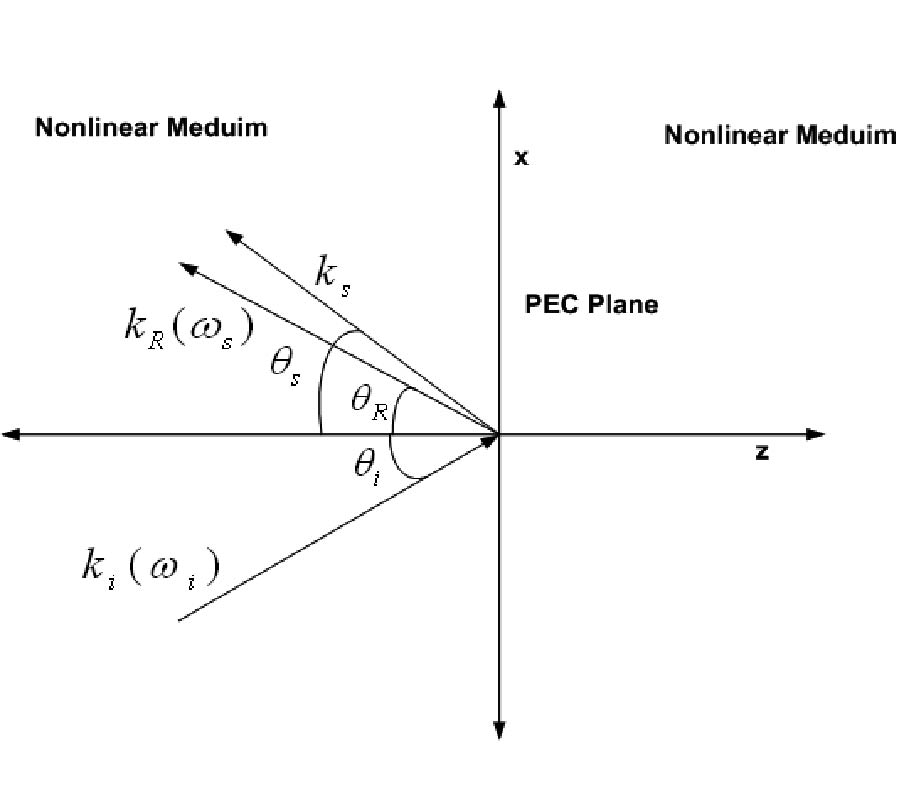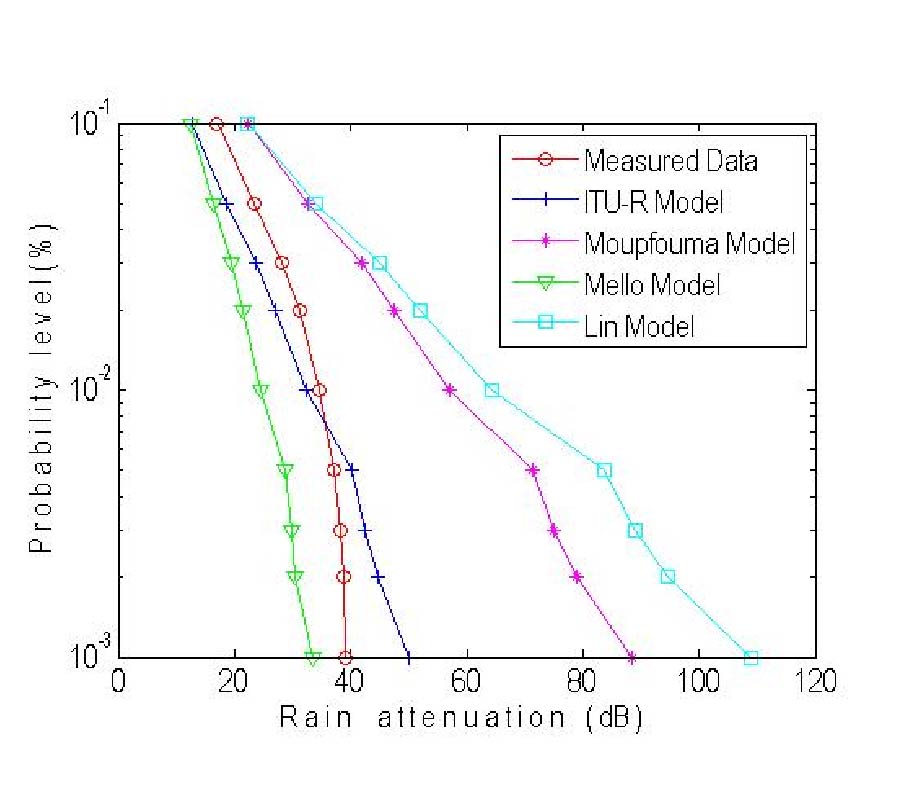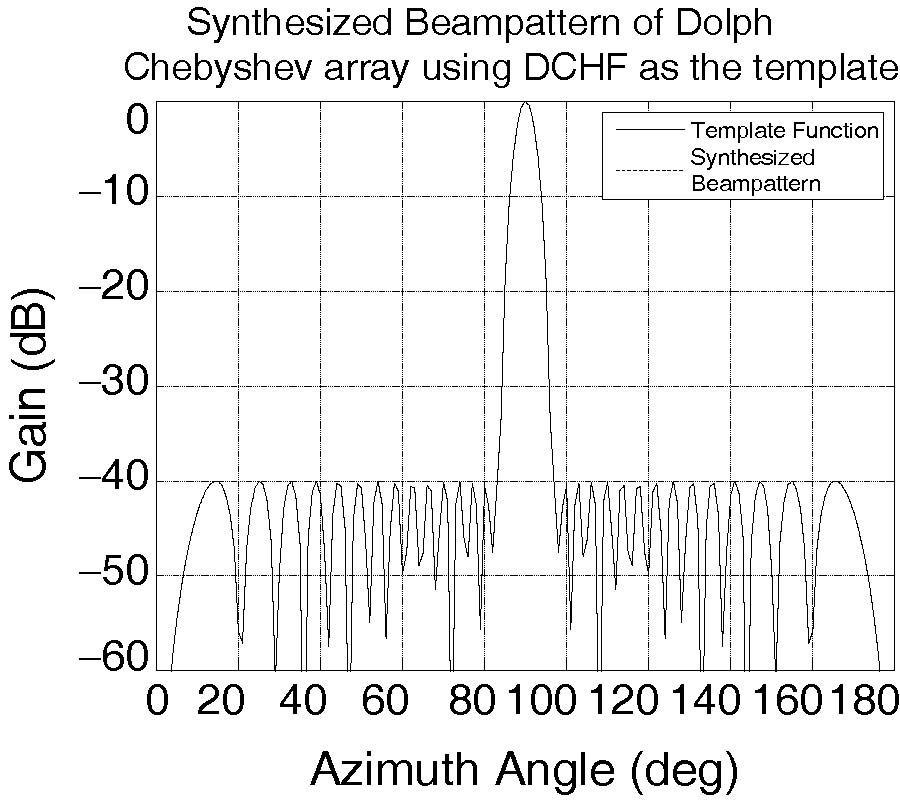Comparative Studies of the Rain Attenuation Predictions for Tropical Regions
Kesavan Ulaganathen,
Tharek Bin Abdul Rahman,
Amuda Yusuf Abdulrahman and
Sharul Kamal Bin Abd Rahim
The radio waves propagating through the earth atmosphere will be attenuated due to the presence of atmosphere particles, such as water vapor, water drops and the ice particles. Meanwhile, the atmospheric gases and rain will both absorb and scatter the radio waves, and consequently degrade the performance of the link. The results of various studies conducted in temperate and tropical regions have been published in research papers. This paper presents the summary of comparative studies on different rain attenuation prediction methods for terrestrial microwave links tropical regions. Basically the models described in this paper include those of the ITU-R, revised Moupfouma, revised Silva Mello and Lin model. The objective of this study is to reveal the most suitable rain attenuation prediction model for the Malaysian tropical region. This paper will provide useful information for microwave engineers and researchers in making decision over the choice of most suitable rain attenuation prediction for terrestrial links operating in a tropical region. Even though the ITU-R model underestimates the rain attenuation at higher frequencies, the test results have clearly indicated that it is most suitable for predicting terrestrial rain attenuation in tropical Malaysia, compared to others.
